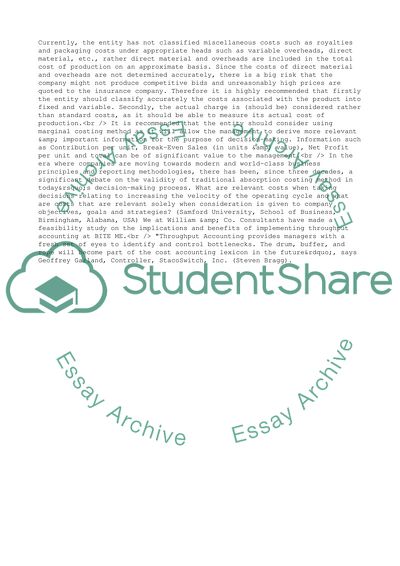Cite this document
(Management and Cost Accounting Assignment Example | Topics and Well Written Essays - 2000 words, n.d.)
Management and Cost Accounting Assignment Example | Topics and Well Written Essays - 2000 words. Retrieved from https://studentshare.org/management/1563735-managment-and-cost-accounting
Management and Cost Accounting Assignment Example | Topics and Well Written Essays - 2000 words. Retrieved from https://studentshare.org/management/1563735-managment-and-cost-accounting
(Management and Cost Accounting Assignment Example | Topics and Well Written Essays - 2000 Words)
Management and Cost Accounting Assignment Example | Topics and Well Written Essays - 2000 Words. https://studentshare.org/management/1563735-managment-and-cost-accounting.
Management and Cost Accounting Assignment Example | Topics and Well Written Essays - 2000 Words. https://studentshare.org/management/1563735-managment-and-cost-accounting.
“Management and Cost Accounting Assignment Example | Topics and Well Written Essays - 2000 Words”. https://studentshare.org/management/1563735-managment-and-cost-accounting.


